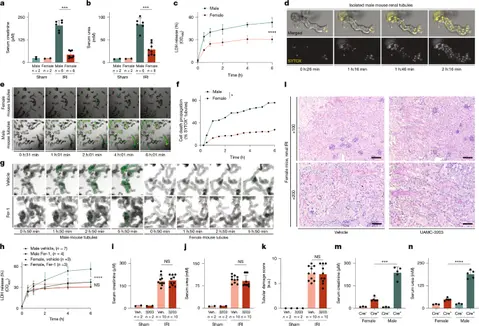T4K3.news
Blue brain discoloration tied to medical dyes identified
German forensic study links blue green organ changes after death to methylene blue and toluidine blue exposure, urging careful toxicology review.
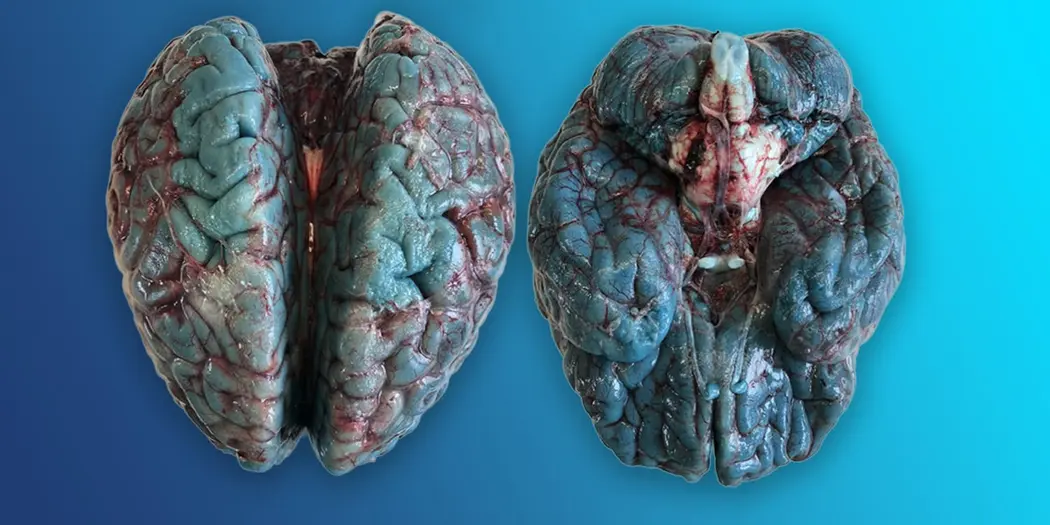
A German forensic study links blue green brain discoloration seen at autopsy to methylene blue toluidine blue and other dyed substances given before death.
Blue brain color in autopsies traced to methylene blue and toluidine blue
A team of forensic pathologists in Germany studied unusual blue green color changes seen during autopsies. In their analysis of eleven relevant cases from hospital autopsies, they found patterns that linked the color shifts to dyes such as methylene blue and toluidine blue, as well as other dyed substances encountered before death. When methylene blue was given intravenously, the brain and heart were most often stained blue, while ingestion tended to affect the gastrointestinal tract and urinary surfaces. The researchers identified the triggers by reviewing records from more than 15 000 autopsies and correlating their findings with hospital treatment histories. They note that the tint rapidly darkens when exposed to air after death, a result of oxidation that intensifies the color.
The study also documents cases where blue staining followed ingestion of dye-containing substances or drugs with blue additives, including Rohypnol and other dyed products. The authors acknowledge the limits of retrospective analysis, as chemical confirmation of the dyes in tissue samples was not always possible. They point to prior reports, including a 2020 case, that described similar patterns and emphasize that postmortem color is a clue rather than a final diagnosis.
Key Takeaways
"Blue stains are a chemical fingerprint not a crime clue"
Editorial takeaway on how to interpret the findings
"Oxidation after death deepens the blue hue and the clues it carries"
Explains the mechanism behind postmortem color change
"Retrospective reviews need targeted toxicology to confirm dye exposure"
Call for stronger methodology in similar studies
"Color notes in a body should be read with medical history and records"
Recommendation for forensic practice
The article shines a light on a sometimes overlooked issue in forensic work: color changes can be informative but also misleading. By tying postmortem blue discoloration to specific xenobiotics, the study offers a practical reminder that dye chemistry can masquerade as art if investigators do not consult medical histories and toxicology data. The reliance on visual observation and records rather than chemical assays underscores a key tension in forensic science: rigor and speed must both serve accuracy. If routine toxicology testing does not account for dyes and pigment compounds, important clues may be missed or misinterpreted.
Beyond method, the piece raises questions about how clinicians document dye use and how hospitals prepare for potential autopsy findings that reflect predeath interventions. The findings could influence how pathologists approach unexplained blue discoloration in future cases and highlight the need for clearer documentation of substances administered in critical care settings.
Highlights
- Blue stains are a chemical fingerprint, not a crime clue
- Oxidation after death deepens the blue hue and the clues it carries
- Retrospective reviews need targeted toxicology to confirm dye exposure
- Color notes in a body should be read with medical history and records
Potential misinterpretation risk in postmortem color findings
The study relies on retrospective records and visual assessments without full chemical confirmation in all cases, which could lead to misattribution of cause of discoloration.
Color clues in autopsies are not conclusive, but they guide investigators toward the right questions.
Enjoyed this? Let your friends know!
Related News

Exploration into methylene blue reveals mixed outcomes
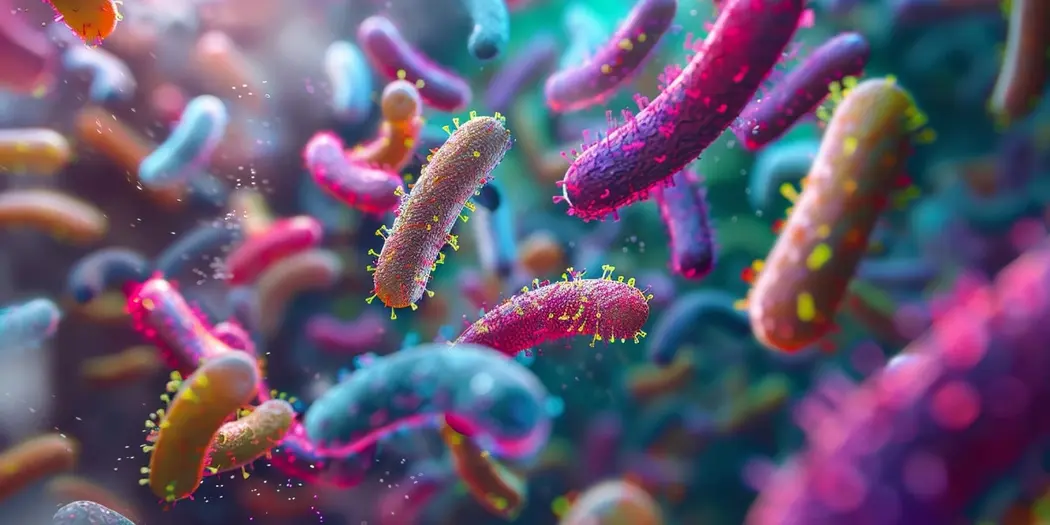
New Study Links Psychiatric Medications to Gut Changes

Experts warn of cancer risks in canned cocktails
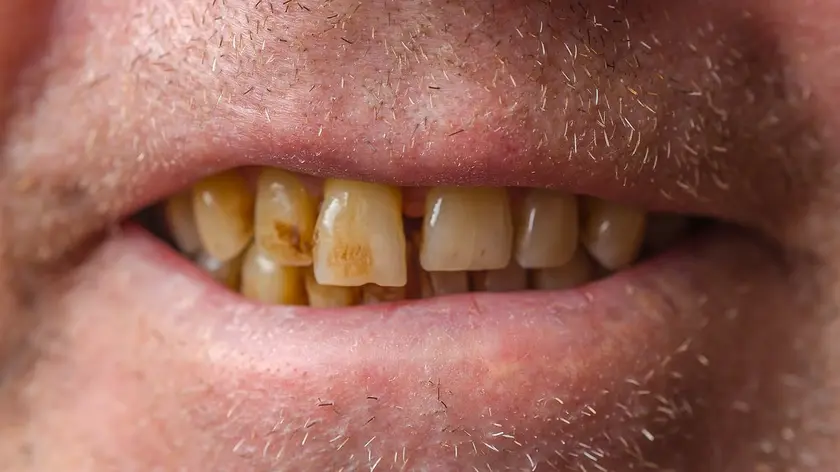
Teeth color signals health clues
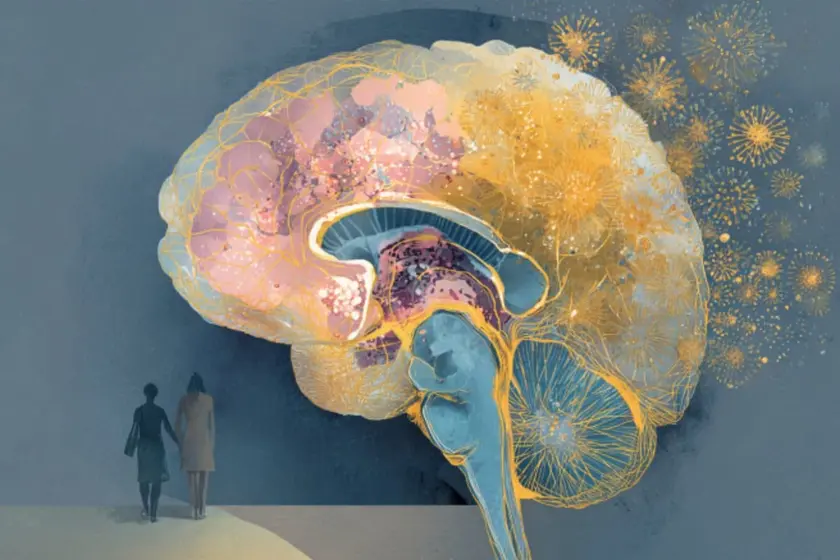
Research Links Hepatitis C Virus to Mental Disorders

ADHD studies show wide impact

Research shows aging affects color perception

Eight new schizophrenia genes identified
